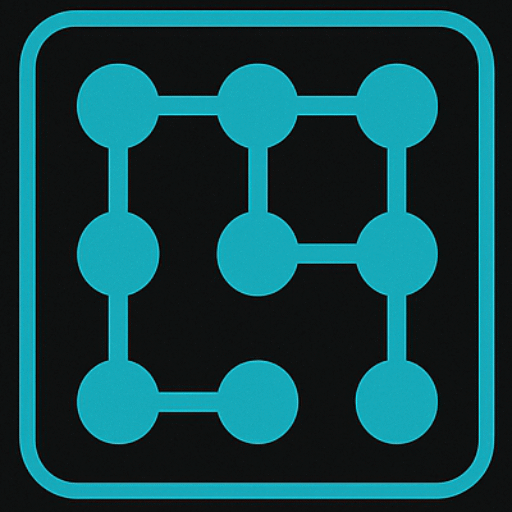Arbitrary or Personal System
While anyone can create a personal or arbitrary number system and use it, its practical value often depends on wider adoption. Popular systems like decimal, binary, octal, and hexadecimal have stood the test of time because they’ve been universally embraced. To deepen our understanding of how number systems work in general, we’ll construct a base-6 number system—an elegant and unconventional model that offers clarity through contrast.
The base-6 system, would represent every number using \(\mathsf{6}\) unique symbols. We shall use the familiar first six decimal digits.
\[\mathsf{0,1,2,3,4,5}\]
If we had chosen a number system with more than 10 base symbols, then we must provide those additional symbols, similar to hexadecimal.
Building Multi-Digit Numbers
As in other number systems, we form larger numbers by combining these digits, and each position has a place value based on powers of \(\mathsf{6}\):
\[\mathsf{6^0,6^1,6^2,6^3,\dots}\]
Just like in the decimal, binary octal and hexadecimal systems, we combine base digits to build larger numbers.
- After \(\mathsf{5}\), we move to the next number: \(\mathsf{10_{6}}\) (which means six in decimal).
- Similarly, after \(\mathsf{55_{6}}\) comes \(\mathsf{100_{6}}\).
Fractional Values
To represent fractions, we use a radix point (similar to a decimal or binary point). Digits to the right of the point have negative powers of \(\mathsf{6}\):
\[\mathsf{6^{-1},6^{-2},6^{-3},\dots}\]
